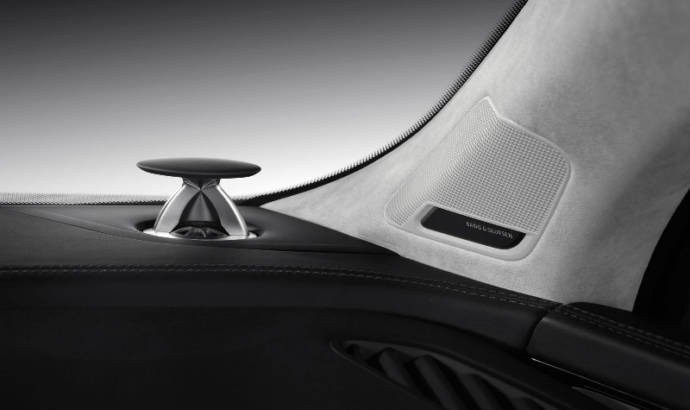Audi will offer a revolutionary Q7 at NAIAS Detroit 2015. The car will be lighter and will benefit from an e-tron driving train.
Among other important changes will also be a new sound system, developed with the help of Bang & Olufsen, and ready to go into production together with the new Q7. The audio system can offer a three-dimensional feeling and it is available as a component of the Advanced Sound System from Bang & Olufsen and also of Bose Surround Sound.
At its core is a complex algorithm that calculates the control signals for each speaker swiftly and precisely. Audi developed it for the B & O system in partnership with the Fraunhofer Institute for Integrated Circuits in Erlangen.
First Stage Processing
In the first stage of the process, the software breaks the data for the music source down into its spatial components. It does this by using the spatial information contained in the data. For example, when an artist is singing from a stage, the floor, ceiling and walls of the concert hall reflect the sound with different time lapses.
It bounces off the floor in just a few milliseconds, while it is only reflected by a wall 40 meters (131.2 ft) away after more than 200 milliseconds. Using these different sonic reflections, the algorithm is able to calculate a mathematical model of any recording room.
Second Stage Processing
The second stage of the process involves reassembling the sound portions so that the sound pattern inside the car corresponds to the original recording room. This calls for intensive calculations. In the Bang & Olufsen Advanced Sound System, the digital signal processor energizes 11 channels with a total of 23 speakers in such a way that the sound is equally precise and harmonious in every seat.



